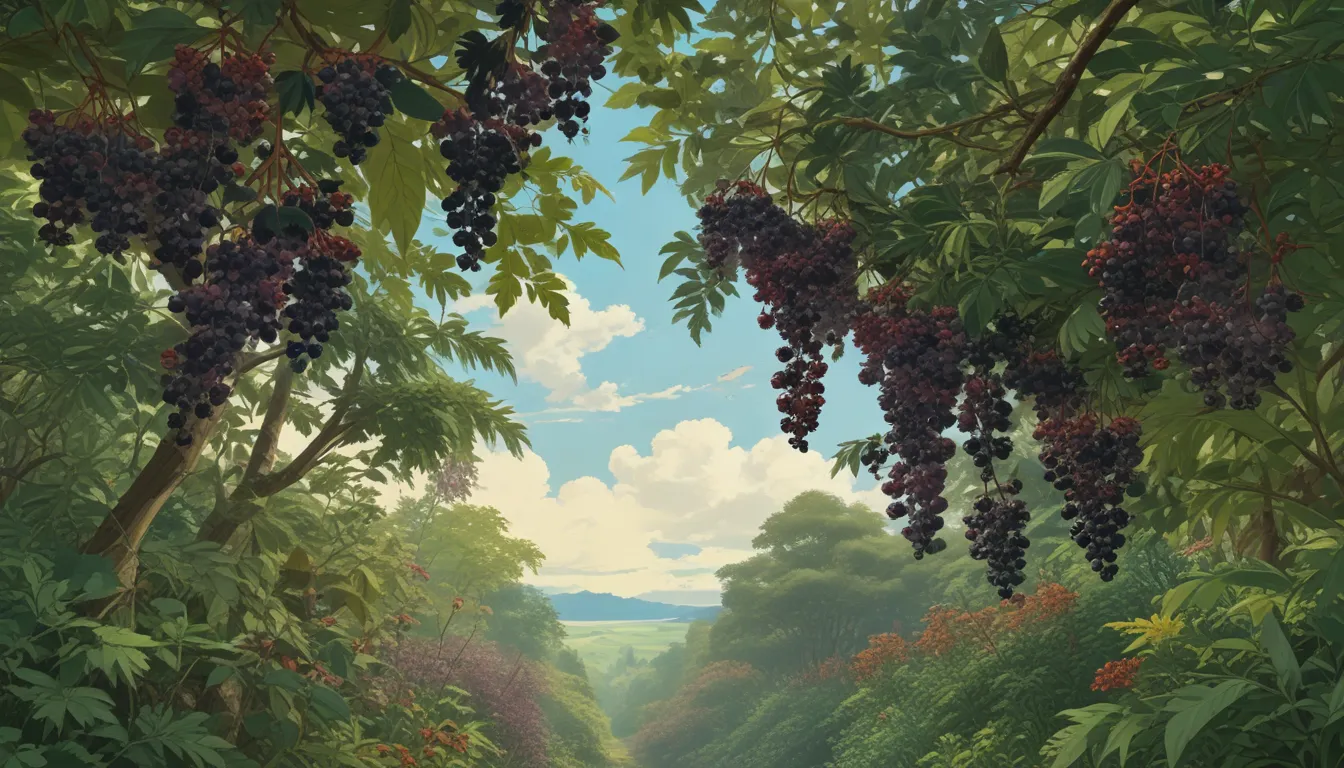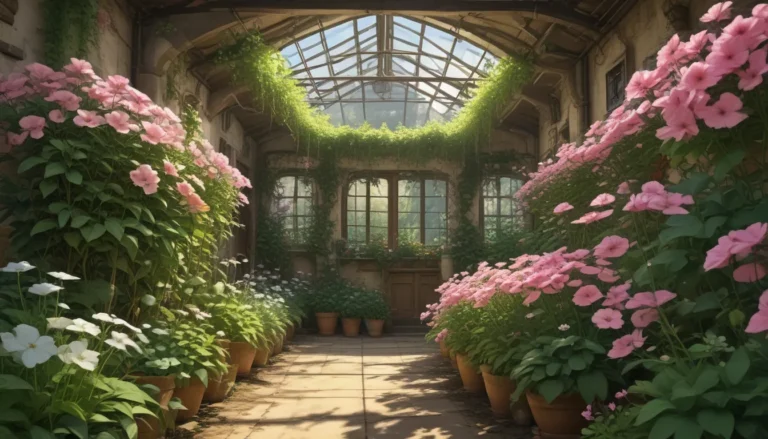The Top 7 Varieties of Elderberries to Cultivate in Your Yard

Have you ever considered growing elderberries in your garden? If not, you’re missing out on one of the most versatile and low-maintenance plants out there. Native to many regions in the United States, elderberries provide not only shade and beautiful flowers but also delicious berries that attract local wildlife.
Whether you want to grow them as a hedge, as a butterfly-friendly space, or for culinary and medicinal uses, elderberries are a fantastic addition to any garden. And the best part? They are hearty plants, making them perfect for beginners to cultivate.
So, if you’re ready to delve into the world of elderberries, I’ve got you covered with a list of the top seven varieties to consider planting in your backyard.
Why Choose Elderberries?
- Elderberries are versatile and productive plants that offer a range of benefits.
- They are low-maintenance and suitable for first-time growers.
- These plants are attractive to wildlife such as butterflies and birds.
- Elderberries can be used for culinary purposes and medicinal recipes.
- They come in various cultivars, each with unique characteristics.
Now, let’s explore the top elderberry varieties you should consider adding to your garden.
Best Elderberry Varieties for Home Gardening
-
Adams
-
Features: Native Sambucus canadensis with white flowers and dark purple fruits.
- Height: 6-10 feet tall.
-
Ideal for Zones: 3-9.
-
Black Beauty
-
Alias: Sambucus nigra ‘Gerda.’
- Characteristics: Dark leaves, pink blooms, lemon scent.
- Height: Up to 6 feet.
-
Best Zones: 4-7.
-
Black Lace
-
Also known as: Sambucus nigra ‘Eva.’
- Unique traits: Dark, lacy leaves and pink flowers.
-
Perfect for Zones: 4-7.
-
Blue Elderberry
-
Official name: Sambucus cerulea.
- Appearance: Powdery-blue berries.
-
Growing Zones: 3-10.
-
Instant Karma
-
Variety: Sambucus nigra Instant Karma®.
- Features: Variegated foliage, dark purple fruits.
-
Optimal Zones: 4-7.
-
Lemony Lace
-
Cultivar: Sambucus racemosa ‘SMNSRD4.’
- Notable for: Light-colored leaves, red fruits in fall.
-
Suitable for Zones: 3-7.
-
York
-
Sambucus canadensis cultivar with large berries.
- Tolerant of: Cold weather in Zones 3-9.
- Frequently used as: Natural fencing.
Choosing the Right Variety for Your Garden
- Consider the growing zone in which you live.
- Think about the space available in your garden.
- Decide on the primary purpose of growing elderberries (e.g., culinary, medicinal, aesthetic).
- Check the ideal pollination requirements for each variety.
- Ensure the plant’s features align with your garden design.
With so many impressive elderberry varieties to choose from, selecting the right one for your garden can be a delightful dilemma. Each cultivar offers unique features that make it a valuable addition to any yard, whether for its flowers, foliage, or berries.
If you’re a first-time grower, consider starting with a well-established bush in a pot to make your gardening journey smoother. Remember, elderberries thrive in moist conditions and attract beneficial insects like butterflies, making them a versatile and rewarding plant to cultivate.
Do you have experience growing elderberries? Which cultivar is your favorite, and why? Share your thoughts in the comments below!





